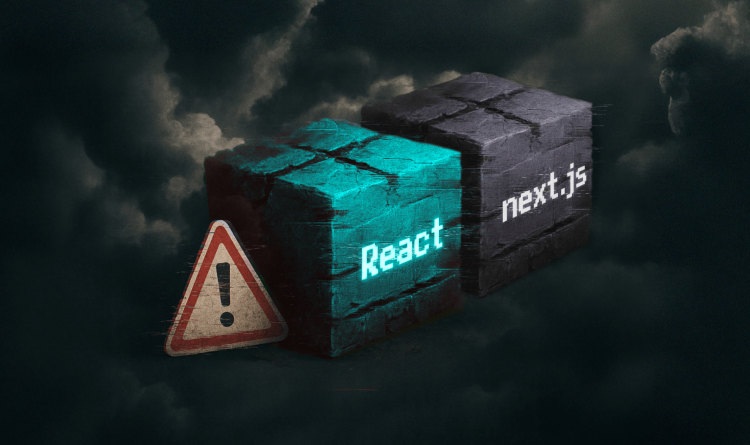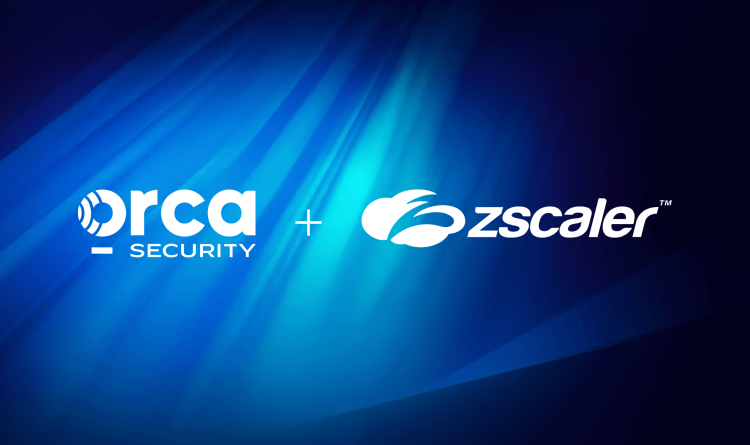AI security, also known as AI Security Posture Management (AI-SPM), refers to the strategies, tools, and best practices used to secure artificial intelligence systems and protect the data, infrastructure, and workflows involved in building and operating AI models. As organizations accelerate adoption of AI and machine learning (ML), new security challenges emerge—including sensitive data exposure, model manipulation, and unauthorized access to AI pipelines.
AI-SPM solutions provide visibility into AI assets, configurations, and behaviors across development and production environments. They help organizations detect and respond to risks specific to AI systems, enabling secure innovation while ensuring compliance and responsible AI use.
What Is AI Security?
AI security is a discipline focused on identifying and mitigating risks introduced by AI models, training datasets, and the cloud infrastructure that supports them. It extends traditional cybersecurity practices into the unique landscape of artificial intelligence, where complex models, automated pipelines, and massive volumes of data create new attack surfaces.
AI Security (AI-SPM) platforms aim to provide:
- Continuous visibility into AI assets and configurations
- Protection of training data and inference pipelines
- Monitoring for malicious inputs, unauthorized access, or model tampering
- Integration with cloud and DevOps security workflows
- Alignment with responsible AI principles and regulatory frameworks
AI security is increasingly critical as AI systems are used in finance, healthcare, national infrastructure, and customer-facing applications—where failures or compromise can have significant consequences.
Why Is AI Security Important?
AI systems are fundamentally different from traditional applications. They operate on large datasets, rely on complex algorithms that may be opaque (“black box”), and often integrate with sensitive systems or business functions. These characteristics make them both powerful and vulnerable.
Key reasons AI security is essential include:
- Data integrity: AI models can be corrupted by poisoned datasets or manipulated through adversarial inputs.
- Unauthorized access: AI workloads often run on GPU-accelerated infrastructure in the cloud, making them a high-value target for attackers.
- Compliance and governance: Regulations such as GDPR, HIPAA, and the upcoming EU AI Act impose strict requirements around data use, model transparency, and security.
- Shadow AI risks: Security and compliance teams may be unaware of AI models or services deployed by developers, leading to unmanaged risk.
- Defaults: Cloud provider AI services often introduce risks due to insecure default settings, such as those highlighted in the Orca State of AI Security Report.
Without proper security measures, AI models can be exploited, biased, or manipulated—leading to inaccurate predictions, privacy violations, operational failures, or even costly data breaches.
Key Components of AI Security
A robust AI security strategy addresses every layer of the AI lifecycle—from model training and data ingestion to deployment and runtime inference.
AI Asset Inventory
The first step in securing AI systems is understanding what exists. This includes:
- Deployed models
- Model artifacts stored in registries
- Training datasets
- AI services in use (e.g., LLM APIs)
- Supporting infrastructure (e.g., cloud instances, GPUs)
An accurate and continuously updated inventory forms the foundation of AI-SPM.
Sensitive Data Discovery
Training datasets may include personally identifiable information (PII), financial records, or proprietary business data. AI security solutions should scan structured and unstructured data for sensitive content and ensure that data usage complies with internal policies and regulatory standards.
Configuration Monitoring
Model deployments often depend on containers, Kubernetes, and serverless functions—each of which can introduce configuration drift or security missteps. AI-SPM platforms monitor infrastructure and permissions tied to AI workloads and alert on risky configurations, such as overly permissive access or exposed endpoints.
Secrets Detection
AI pipelines typically rely on API keys, database credentials, or cloud tokens to access data and services. Secrets must be securely stored, rotated, and monitored for exposure in code repositories, containers, or logs.
Model and Pipeline Monitoring
Once in production, AI models must be monitored for unexpected behavior. This includes:
- Detection of adversarial inputs (e.g., data designed to trick models)
- Drift in input data that causes model degradation
- Unauthorized access or modification to model files or endpoints
Continuous telemetry ensures models operate securely and within intended boundaries.
Integration with DevSecOps
AI development often parallels software development in its use of CI/CD, GitOps, and infrastructure as code. AI security tools must integrate with these workflows to provide early feedback and avoid bottlenecks in innovation.
AI Security Challenges
Organizations adopting AI face several security and operational challenges:
- Lack of visibility: Security teams often have limited insight into AI assets, particularly when developed by decentralized teams or vendors.
- High infrastructure costs and attack value: GPU-backed cloud environments are both expensive and attractive to attackers for cryptomining or data exfiltration.
- Model and data risk: Malicious inputs or compromised training data can skew outputs or create legal exposure.
- Fast-moving innovation: AI evolves rapidly, often outpacing security and compliance controls.
Overcoming these challenges requires a dedicated approach to AI security that combines traditional cloud and data protection with model-specific monitoring.
How Orca Security Helps
The Orca Cloud Security Platform provides full and unified visibility, security, and posture management to every layer of your AI infrastructure. With Orca, organizations can:
- Automatically detect AI models, services, and pipelines running in the cloud
- Discover sensitive data in training sets and storage buckets
- Identify misconfigurations or excessive permissions in AI infrastructure
- Detect exposed secrets in code, containers, and runtime environments
- Monitor workloads and model behavior to identify potential drift or compromise
By integrating AI security into the broader cloud and application security platform, Orca helps organizations safely accelerate AI adoption—without introducing blind spots or unmanaged risk.



